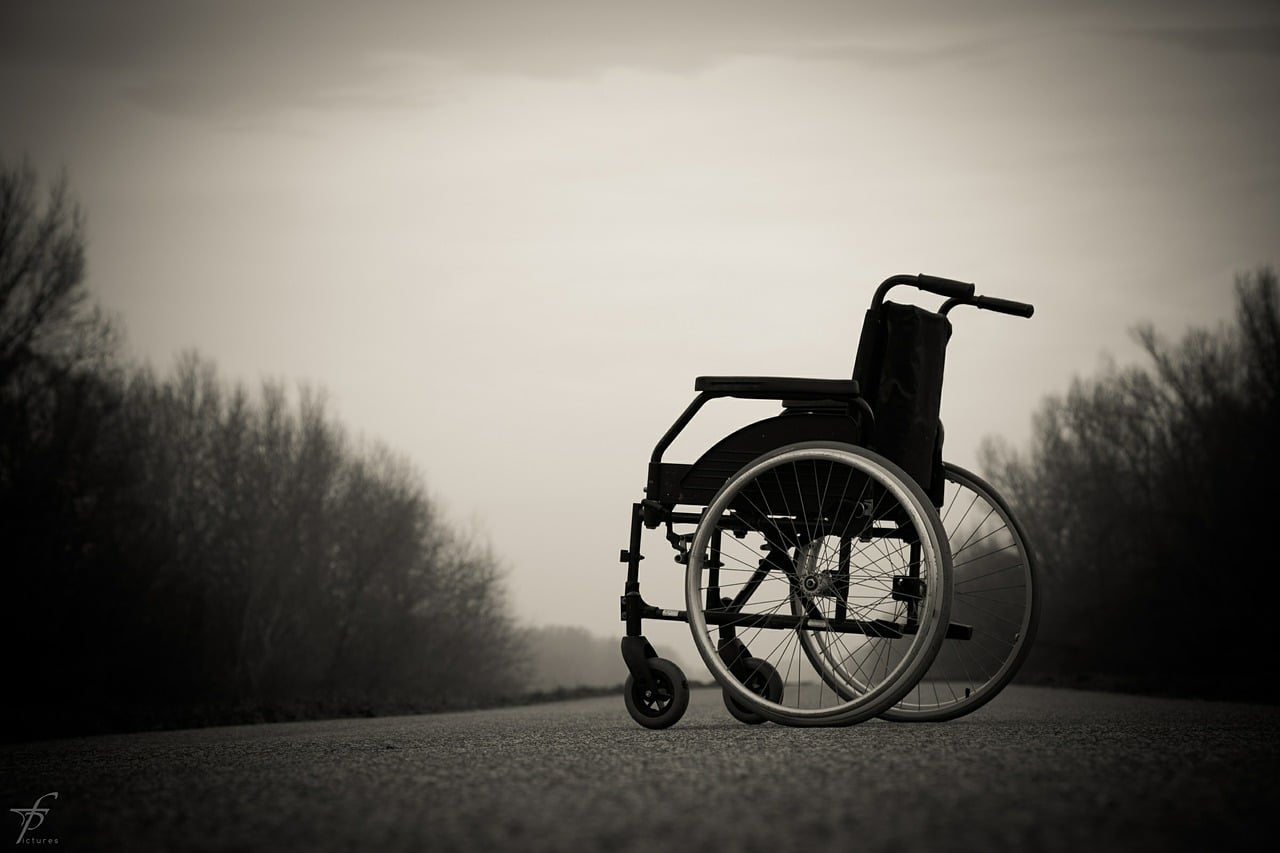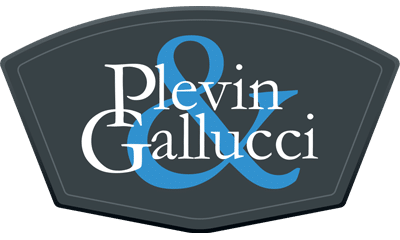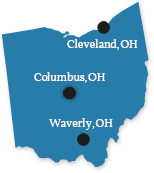Generally, the term “catastrophic” means “involving sudden great damage.” That’s a pretty good description of a catastrophic injury, but Ohio law is more specific. The type of injury generally described as “catastrophic” in an Ohio personal injury case is one that falls within the definition set forth in ORC 2315.18 (B)(3).

This includes an injury that involves:
- Permanent and substantial physical deformity;
- Loss of use of a limb;
- Loss of use of a bodily organ system, or;
- Permanent physical functional injury that prevents the injured person from being able to care for self and perform life-sustaining activities.
There are many injuries that can and should be considered catastrophic. Some examples include amputation, full or partial paralysis, serious burn injuries and other significant scarring, and some types of traumatic brain injury.
But in many cases an injury is catastrophic even when it’s not evident on its face. And a negligent party will often seek to avoid acknowledging the catastrophic nature of the injury in an attempt to reduce damages.
How Catastrophic Injury Cases are Different
In Ohio, people who are injured through someone else’s negligence can typically recover damages. That’s true in catastrophic injury cases, too, but there are two significant differences. One involves the amount of compensation available, and the other how damages are established.
Non-Economic Damages in Catastrophic Injury Cases and Wrongful Death Cases are not Capped
In a personal injury case, compensatory damages are divided into two categories: economic damages and non-economic damages. Economic damages include costs related to the injury, such as medical bills, lost wages due to the injury, and other actual expenses and lost income. Non-economic damages include intangible losses, such as pain and suffering and loss of enjoyment of life.
In most Ohio personal injury cases, non-economic damages are capped by law. This means that if a jury decides to award an amount higher than the cap limit, the Court then has to automatically reduce that award to the state limit that was arbitrarily set years ago by the legislature.
However, for wrongful death cases and when an injury falls into one of the catastrophic categories listed above, that cap is removed and the non-economic damages are whatever the jury awards.
If you or a family member have suffered a catastrophic injury, it is very important to work with an experienced personal injury attorney. In part, because the available funds for a settlement or verdict are often limited by the responsible party’s insurance coverage. For example, in a car accident case, the automobile insurer provides the attorney to represent the negligent driver, negotiate with the injured party’s attorney, try the case if necessary, and pay the settlement or verdict. But the insurance company isn’t responsible for making payment beyond the policy limits purchased by the responsible party. And while the driver may be personally liable for any excess, most simply don’t have the resources to make any significant payment to the injured person.
An experienced catastrophic injury attorney will attempt to identify other possible responsible parties. For instance, in a car accident case, an attorney might investigate:
- Whether any defects in the vehicle or parts of the vehicle might have contributed to the crash;
- Whether a third party such as the employer of the responsible driver or a bar that overserved alcohol to the driver might be partially responsible;
- Whether road design or maintenance issues may have played a role in the accident.
Identifying additional potentially responsible parties can open the door to more complete compensation, since additional insurance may be available and other responsible parties may be in a better position to directly compensate the injured person.
Establishing Non-Economic Damages is Complicated
In a catastrophic injury case, proving damages can be more complicated than in a less serious case. That’s even true of economic damages. For example, it may be unclear how much future medical care will be required and establishing long-term lost or diminished earning capacity often involves a battle of expert witnesses. Putting a dollar value on non-economic damages can be even more difficult.
In this situation, it’s to your advantage to work with a law firm that has both the experience and the resources necessary to identify all possible sources of compensation, secure effective experts, and support the case through potentially long and complex investigation, assembly of evidence, and litigation.
Plevin & Gallucci Helps Victims of Catastrophic Injury
At Plevin & Gallucci, we’ve been helping Ohio injury victims for 50 years. We have the experience, the network of experts, and the knowledge of Ohio law and court systems necessary to fight for the best possible compensation for people who have suffered serious injuries in Ohio, whether through personal injury litigation, medical malpractice litigation, a product liability case, a workers’ compensation claim, or some combination.
Our broad-based experience in various types of injury-related claims allows us to thoroughly assess your case, identify potentially responsible parties, and determine the best approach to recovering fair compensation for you.
Some of our past results involving catastrophic injuries include:
- $6 million for the electrocution of a young husband and father of three;
- $4 million plus lifetime medical benefits for a man who lost his arm while working;
- $2 million for paralysis of the plaintiff’s arm due to electrocution;
- $2 million for a client who lost the use of his legs in a fall.
To learn more about your rights and how we can put our experience to work for you, schedule a free consultation right now. Call 1-855-4PLEVIN, fill out the contact form on this page, or click in the bottom right-hand corner of the page to chat with an agent.

